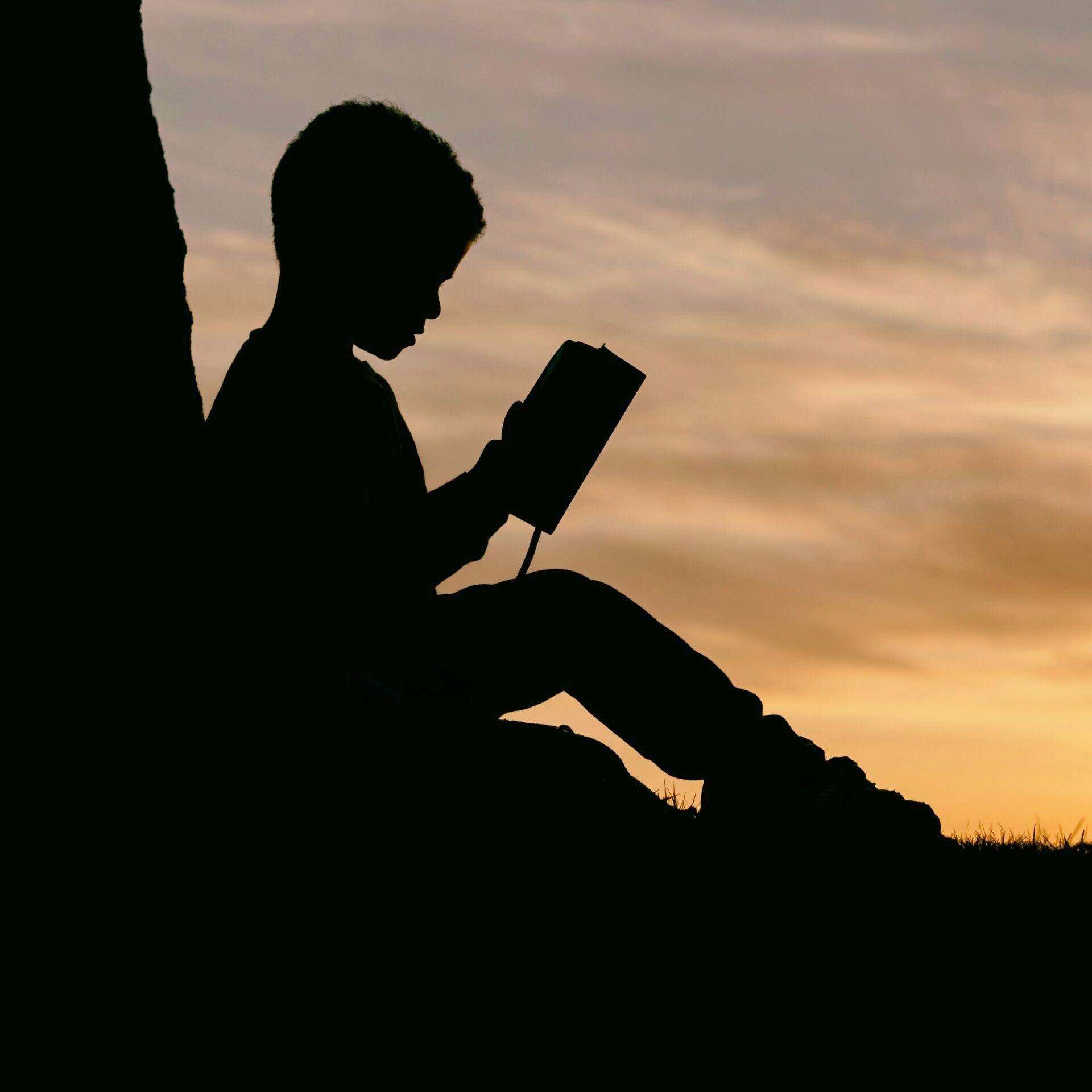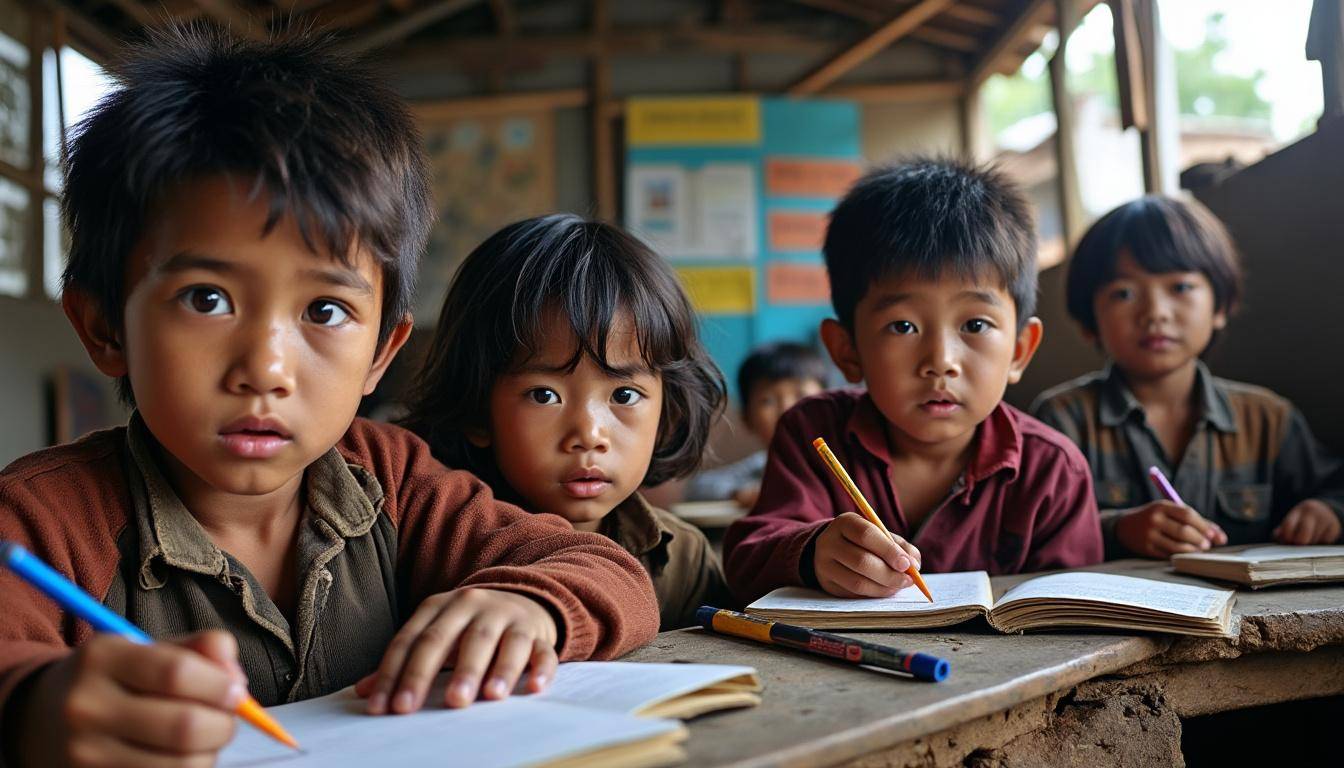In Bangladesh, the Rohingya refugee children face an escalating education crisis as significant cuts in foreign aid have forced the closure of many learning centers. These closures jeopardize the academic future of more than 437,000 school-age children living in overcrowded camps, with thousands already out of formal educational reach. Despite community-led schools striving to fill this gap, their lack of official recognition and financial support limits access to quality education and deepens the challenges these vulnerable children endure. The combined efforts of humanitarian organizations, donors, and government policy changes are now crucial to reversing this trend and empowering Rohingya youth with hope and opportunities for a brighter future.
Foreign Aid Cuts Exacerbate Educational Challenges for Rohingya Children in Bangladesh
The reduction of humanitarian funding from the US and other international donors has critically undermined education programs for Rohingya children. By June 2025, UNICEF had to suspend thousands of learning centers operated by NGOs in refugee camps due to insufficient funding. These centers previously served over 300,000 children but were forced to close, leaving many without access to formal schooling.
- 437,000 Rohingya children of school age residing within camps face an uncertain educational future.
- 304,000 children were enrolled in learning centers before closures.
- US funding dropped drastically from $300 million in 2024 to $12 million by mid-2025.
- Community-led schools operate without government recognition, charge fees, and lack donor support.
Supporting these community-led schools is imperative, as they provide relatively higher-quality education but remain financially out of reach for many families. Encouraging donors to recognize and fund these grassroots initiatives would provide a sustainable path forward. For strategies on empowering educators despite resource limitations, discover how technology can empower teachers.
Community-Led Schools Offer a Ray of Hope Amid Official Restrictions
While formal learning centers remain closed due to funding cuts, more than 100 community-led schools continued to operate, funded by parents who pay monthly tuition fees ranging from approximately $0.50 for younger classes to $5 for upper levels. Despite the financial strain, many Rohingya parents hope these schools will provide better instruction than the now-closed learning centers.
- Teachers in community-led schools often have specialized subject knowledge and upper-secondary education credentials.
- Schools are not officially recognized by Bangladesh authorities, preventing access to international aid.
- Parents’ inability to pay fees has led some children to drop out and enter the workforce prematurely.
- Community involvement in education boosts quality and fosters meaningful engagement.
The lack of accreditation remains a major hurdle, limiting students’ prospects for continuing education or achieving certifications that would aid them in future opportunities. To learn more about sustaining educational engagement long-term, visit how to encourage lifelong learning in children.
Violence and Safety Concerns Impact Rohingya Children’s Ability to Access Education
Beyond funding challenges, increasing security risks compound the educational crisis. Frequent child abductions and recruitment by armed or criminal groups have forced many families to restrict children’s movement, limiting school attendance. In early 2025 alone, 51 child abductions were recorded by protection monitors.
- Parents withhold children from schools due to fear of abductions or violence.
- Learning programs for adolescents intermittently close due to safety concerns.
- Armed groups exploit the lack of educational pathways to lure vulnerable youth.
- Bhasan Char island, while isolated, reports significantly less violence compared to mainland camps.
Creating safe educational environments that address these threats is essential to retain students and protect their rights. Engaging refugee communities in education programs also strengthens resilience and community trust. The Aid Impact Network champions such integrative approaches that empower Rohingya communities to become advocates for their own education.
Policy and Recognition: Keys to Unlocking Education for Rohingya Refugees
The interim Bangladesh government’s policies restricting formal education, accreditation, and integration hinder progress toward Education for All goals. Recognizing community-led schools and permitting Rohingya children to attend schools beyond the camps would expand opportunities and open pathways to higher education. Several countries like Türkiye have pioneered refugee education accreditation frameworks that Bangladesh could emulate.
- Current bans prevent Rohingya children from enrolling in public or private Bangladeshi schools.
- Government recognition would enable donor funding and quality assurance for community schools.
- Inclusion of Rohingya educators in decision-making ensures culturally relevant learning.
- Formal certification encourages student retention and sharper academic motivation.
Empowering Rohingya refugees to build the framework for their own education supports their role as Future Builders in their community. For more insights on the importance of inclusive educational policies, see how technology and policy can empower education.
Girls’ Education and Adolescents: Overcoming Barriers to Equal Access
Only a small portion of Rohingya girls continue schooling beyond the age of 13 due to safety fears, child marriage, and limited school offerings. Community-based learning centers led by female teachers provide localized education but are limited to primary levels with no options for secondary classes.
- Community-led schools offer some girls education up to class 9 or 10 in line with the Myanmar curriculum.
- Parents’ concerns over violence contribute to low female enrollment and retention.
- Improved access to education could reduce child marriage prevalence.
- Learning centers and NGOs conduct outreach to encourage girls’ education but face challenges with perceived quality.
Expanding safe spaces for girls and investing in female-led educational programs are pivotal to the Hope for Rohingya and the broader Child Education Initiative. Such measures bolster equity and lend a voice to marginalized groups within the camps.
Expanding Learning Opportunities Through Sustainable Aid and Community Participation
The intersection of community efforts and sustainable donor support offers a realistic pathway toward rebuilding Rohingya children’s education. For these efforts to succeed, collaboration across humanitarian agencies, governments, and refugee communities must be strengthened.
- Recognize and fund community-led schools to reduce costly fees for families.
- Include Rohingya educators in program planning to reflect community needs and aspirations.
- Ensure accreditation and certification to facilitate higher education access.
- Integrate child protection measures alongside educational programming.
Through coordinated Hope in Action, the Rohingya Rescue mission can restore dignity, opportunity, and futures for thousands of youth. Empowering these communities paves the way for the realization of Education for All, with the continued support of global donor networks committed to the Aid for Education cause.


